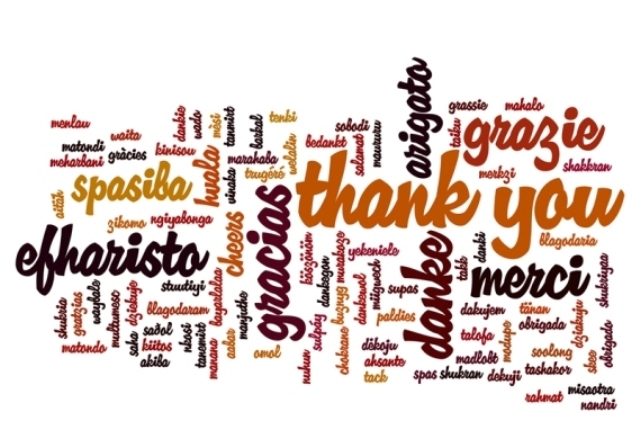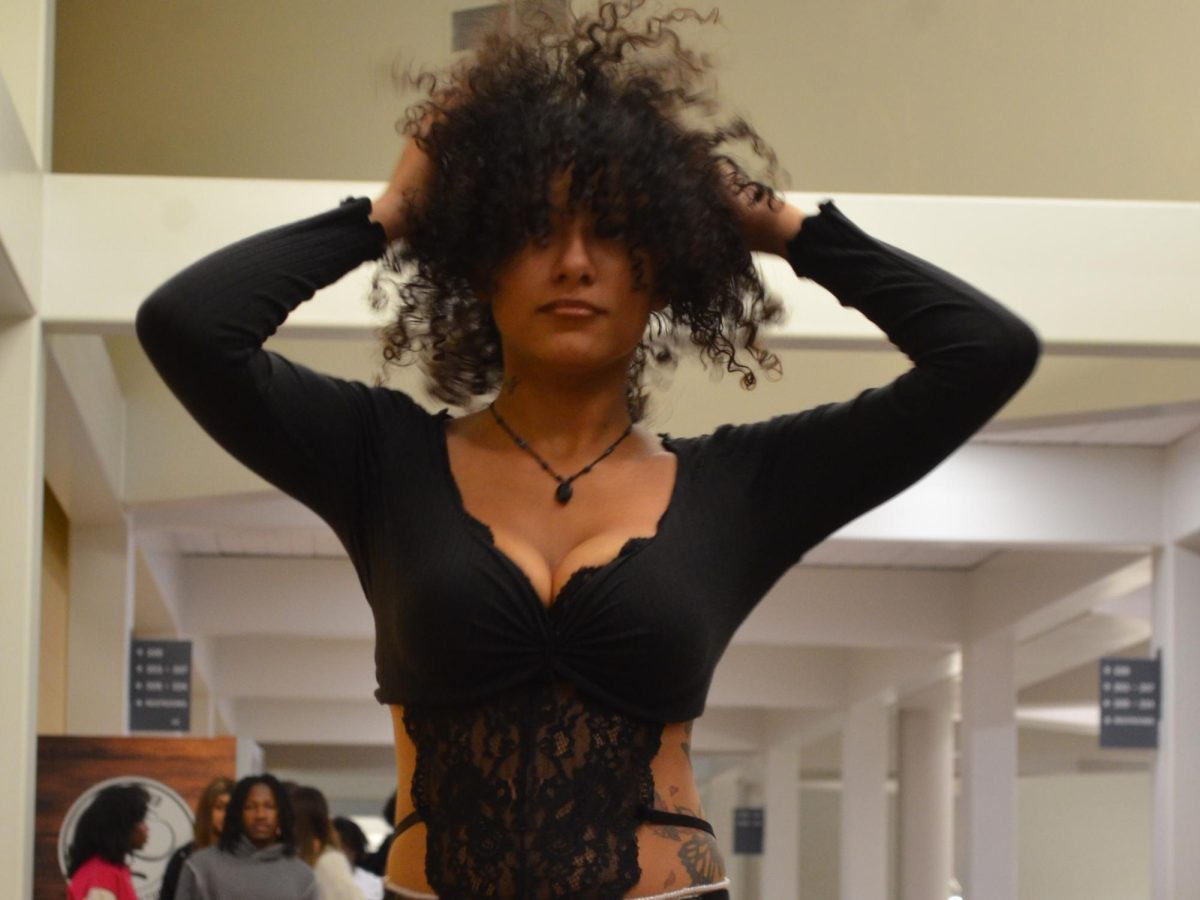Once in a rare while, a situation will occur that throws the cosmos out of balance. An individual will play host to the meshing of two opposite groups of friends.
This magnificently awkward experience is often a disaster to behold. A favorite comic of mine, Jim Gaffigan, remarks that the experience is “stressful” and you feel pressured to “prep ’em” for the exposure.
You become anxious about the possibility of one side revealing hidden secrets. Certain qualities of yours either need to be extinguished or highlighted. Personal histories change, habits morph and even language can be altered. Suddenly, you’re caught in a balancing act trying to maintain the individual personas that your different friends know.
Personally, I enjoy watching people sweat under the pressure of trying to make all of their friends like each other. Whether that’s because I’m a little twisted myself is beside the point.
It’s almost like watching a train wreck in slow motion. The social niches that we as human beings place ourselves into are differentiated for a reason. It’s simply part of our social nature to gravitate towards kindred spirits.
The problem here lies in what we do to become a part of these kindred spirits. We as humans will lie, deceive and nit-pick our way into socialite groups. We will participate in all manners of outlandish behaviors just to gain some new friends. Social acceptance is so important to human beings. We thrive on social interaction.
A brilliant example of the inner-workings of group dynamics can be found in the popular movie “Mean Girls.” One of the girls is describing the twisted logic behind the popular clique known as The Plastics: “She knew it was better to be in The Plastics hating life than not be in it at all.” The group itself is built on a system of couture rules regarding daily attire and hairstyles.
The double life exacted by the Lindsay Lohan character reflects in a way a character that many of us engage in on a daily basis. We wake up and try to be polite with a roommate as we groggily greet the day. In the classroom we become the attentive student, despite our wandering thoughts. When with friends from the classroom, conversations stay light and basic. Personal insight is rarely given and friendships remain congenial and polite.
But by the end of the day, when you are unwinding with best friends, the offensive language emerges along with a slew of personal problems all encountered in one day. You may play poker with one set of friends but then swear never to be a gambler to the next group.
The unconscious desire to mold yourself to fit the group is what guides the development of these cliques. When social acceptance becomes threatened we desperately carve a new self out of the remaining persona in an effort to regain affection.
As these groups tighten and the bonds of trust interlock that’s when stereotypical roles begin to show through. There is a leader of the clique of friends and the first mate or immediate best friend to the leader.
Then there is the entourage, the three to five person group of those individuals who are simply along for the socially enlightening ride; those persons who don’t quite connect with leader and his or her closest mate. And as the comedian Dane Cook puts it, there is always a “Karen” whom everyone loves to keep around to loathe.
Meshing friends is not a quick nor is it a painless process. Some groups of people were just never meant to be together. This does not mean, though, that we cannot work to pave way for a day when all friend meshing feels more like a natural concept versus a forced awkward train wreck.







